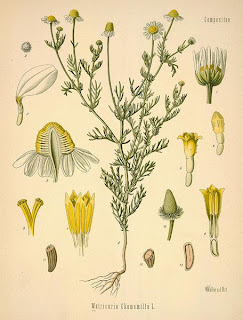I saw this grape variety at the local "Everything Store". Remembering,
Buffalo is considered a Concord-like grape that bears in this cool summer area, unlike Concord. The plant looked OK, so I bought it and planted it today. Other plants in the grape / kiwi row have been harassed by moles, so I planted in a chicken wire basket.
WA State extension lists these grapes as potential table grapes for this area:
Buffalo – midseason Concord type, blue
Canadice – early pinkish red (I have Canadice, the grapes are small and I'm not crazy about the taste)
Interlaken Seedless – early white, vigorous (I have Interlaken, I like this one)
Jupiter – early, blue, large berries
Lynden Blue – very early blue, seeded
Mars – medium early, blue
Neptune – medium early, white
Reliance – early, red, table and juice
Saturn – medium early, red
Van Buren – blue Concord type, early
Vanessa – early red
Venus – early red (I think this is wrong. I have Venus, it's good but they are blue. I like Concord-type grapes better)
NY 78.836.06 – selection from Geneva, NY breeding program
I also planted these
Anemones. I've read that anemones are both deer and rabbit resistant. After reading that Muscari are deer resistant, I planted quite a few this winter. Rabbits have eaten them all off. I'm guessing it's rabbits. We'll see what they think of Anemones. Soaked for 2 hours per label instructions, and planted in the tree circles.
 German chamomile. Grows larger than Roman chamomile. I planted 2 of these in the end of the vegetable bed. Annual.
German chamomile. Grows larger than Roman chamomile. I planted 2 of these in the end of the vegetable bed. Annual.
 Roman Chamomile. More prostrate habit. I planted these in the iris bed. Perennial.
Roman Chamomile. More prostrate habit. I planted these in the iris bed. Perennial.
 Thyme. In this case, a variety called "Lime Thyme", with a lime fragrance. I planted 2 of these in the iris bed. Ning likes using thyme in roasted root vegetable. Also rosemary, which I already have in a different area and will transplant to the iris bed.
Thyme. In this case, a variety called "Lime Thyme", with a lime fragrance. I planted 2 of these in the iris bed. Ning likes using thyme in roasted root vegetable. Also rosemary, which I already have in a different area and will transplant to the iris bed.
 Lemon balm. I bought these to plant under the beehive. I read that lemon balm is attractive to honey bees, and lemon grass oil is used to attract bees to a hive. I could have dug up plants from home for the Battleground place, and still might. These are already nicely packaged in containers, so will be easy to plant.
Lemon balm. I bought these to plant under the beehive. I read that lemon balm is attractive to honey bees, and lemon grass oil is used to attract bees to a hive. I could have dug up plants from home for the Battleground place, and still might. These are already nicely packaged in containers, so will be easy to plant.












